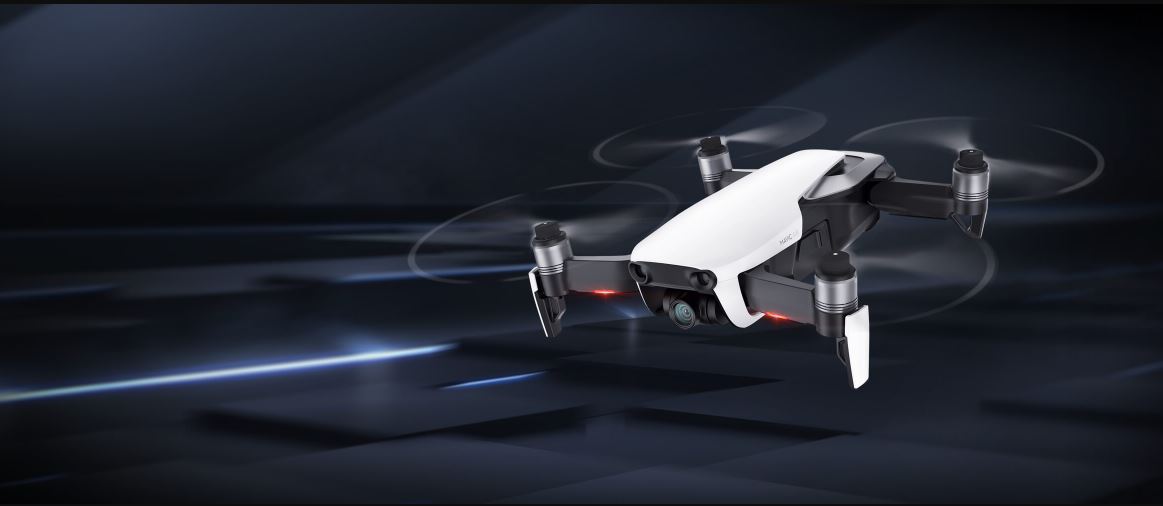
DJI has just announced the release of the latest drone to join their Mavic range—the DJI Mavic Air. This is very exciting news for drone fans, as the Mavic Air bridges the gap between the entry-level Mavic Spark and the prosumer Mavic Pro.
The Mavic Air is a small wonder
The Mavic Air combines some of the great features of the Mavic Pro in a body that is closer in size to that of the Mavic Spark. While the Spark can fit in the palm of your hand, the Air requires your entire hand—so still a very compact and easy to carry foldable drone. And yet the feature specs are enough to get even the hardcore gearheads out there pretty excited. The 12MP CMOS sensor can shoot 4K Ultra HD at 30fps, and 1080p Full HD at up to 120fps—slo-mo heaven! It can stay in the air for a very respectable 21 minutes thanks to the high-density lithium batteries. The 3-axis stabilized gimbal allows you to move the camera during flight and capture beautiful, cinematic panning shots. You can also shoot a variety of different panorama styles; vertical, horizontal, 180-degree, as well as funky 32MP 360-degree ‘sphere’ shots.
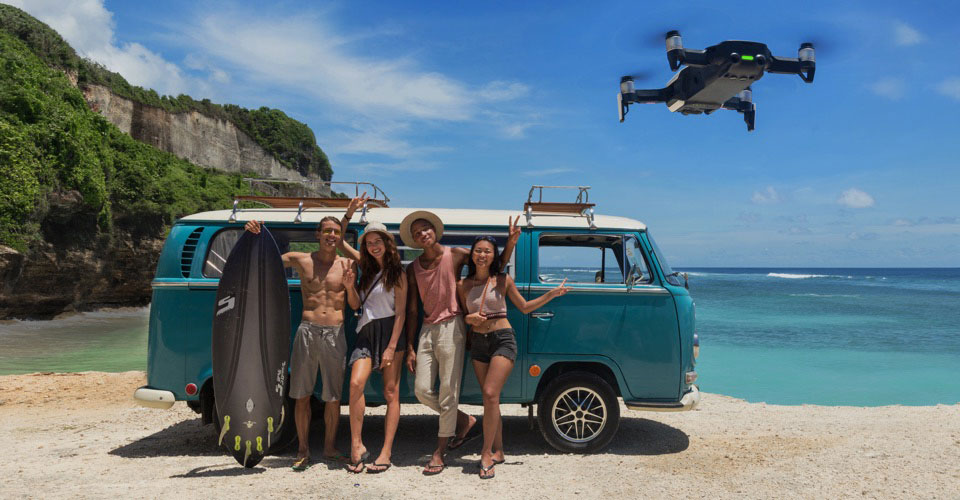
The Mavic Air has incredible flight control options
 In terms of flight control options, the Mavic Air comes fully loaded. Of course you have the foldable controller to which you can attach your smartphone to give you a live POV feed. You also have the TapFly option which allows you to tap your screen to choose a destination for your drone, leaving you free to concentrate on getting the shot just right. ActiveTrack lets you choose a moving subject to track, allowing you to walk, run or cycle ahead of the drone and have it follow you as it shoots. There’s also SmartCapture, which lets you control the drone just by using hand gestures. And there are six different QuickShot modes, where the drone executes a predetermined path to give an awesome shot at the press of a button. That is a pretty jaw-dropping set of options, I think you’ll agree! Little wonder that DJI has become such a dominant force in the drone market.
In terms of flight control options, the Mavic Air comes fully loaded. Of course you have the foldable controller to which you can attach your smartphone to give you a live POV feed. You also have the TapFly option which allows you to tap your screen to choose a destination for your drone, leaving you free to concentrate on getting the shot just right. ActiveTrack lets you choose a moving subject to track, allowing you to walk, run or cycle ahead of the drone and have it follow you as it shoots. There’s also SmartCapture, which lets you control the drone just by using hand gestures. And there are six different QuickShot modes, where the drone executes a predetermined path to give an awesome shot at the press of a button. That is a pretty jaw-dropping set of options, I think you’ll agree! Little wonder that DJI has become such a dominant force in the drone market.
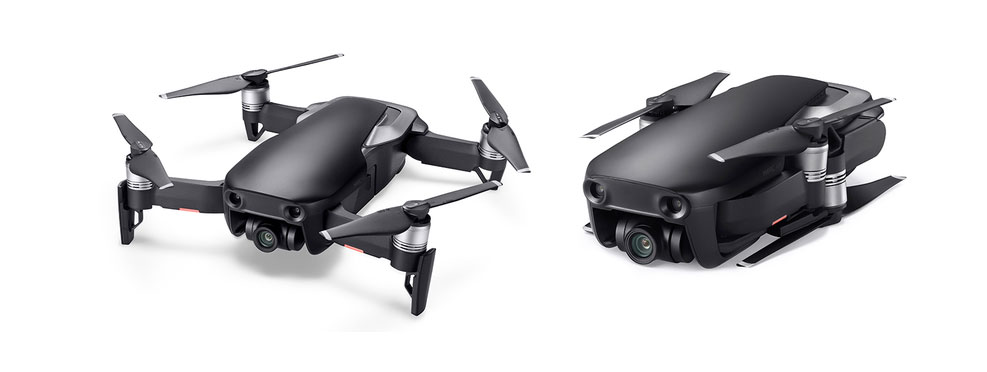
The Mavic Air has built in memory
In terms of memory capacity, the Air comes with 8GB internal storage along with a MicroSD slot. While 8GB is not a huge amount of memory, it does mean that you can fly the Air right out of the box, and you’re also covered in the event that you forget to bring a card with you. Good to form a habit of emptying and formatting that internal memory after each flight though.
The Mavic Air can map its surroundings
One of the most impressive features of the Mavic Air (and that’s saying a lot) is a feature you’ll hardly know you’re using—Flight Autonomy 2.0. This is the system that essentially keeps the drone safe during flight, and prevents collisions with surrounding objects. The Air has backward, forward and downward facing vision systems, a total of seven cameras, which gather information in order to create a 3D map of the environment. DJI claims that the precision of positioning that the Air can achieve has been doubled. And the Advanced Pilot Assistance Systems can automatically plot a course that avoids obstacles. The Return To Home function, which is the ultimate safety net that ensures you don’t lose your drone due to a battery failure, has also been upgraded to provide even better mitigation against things like a lost signal, or obstacles in the flight path or landing zone.
It can even tell you if it senses that it’s about to land in water. The Air actually takes images of the landing zone as it takes off and attempts to match those with images it takes as it’s landing, for the most accurate Return To Home possible. As you can see, there’s a lot going on under the hood, things that you will probably take for granted as you fly this little box of magic.
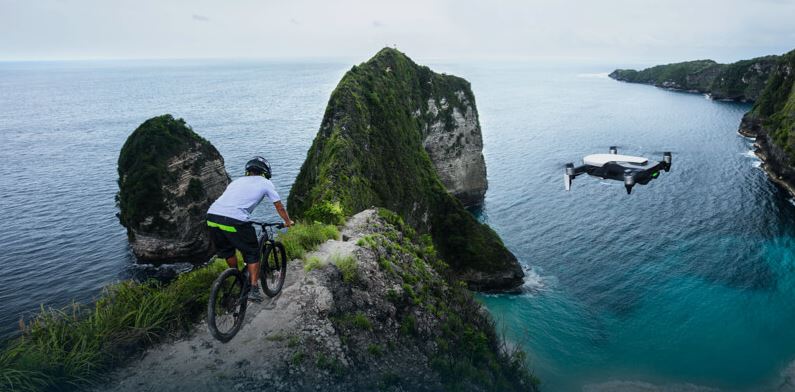
How does the Mavic Air compare to the Spark and Pro?
So how does the Air stack up against it’s siblings the Spark and the Pro? The Air is about 50% heavier than the Spark, but closer to half the weight of the Pro. The max flight time is 5 minutes longer than the Spark, but 9 minutes less than the Pro. All three carry the same sized sensor. The Spark shoots 1080p Full HD video at 30fps, whereas the Air shoots 4k at 30fps and 1080p at up to 120fps, similar to the Pro. Interestingly, the Air has the lowest ISO range at 100-1600, whereas the other two go all the way to 3200. If there is a weakness to the DJI drones it is probably that the low-light performance is not that impressive.
The top speed of the Spark is 50km/h; the Air can fly at 68.4km/h, faster even than the Pro. Both the Air and the Pro can fly to an impressive 5 kilometre altitude, compared to the Spark’s 4km. In terms of transmission distance, and how far away you can send the drone, the Air has a max range of 4km, compared to the Pro’s 7km, and the Spark’s 2km. The max flight distance for the Air is 10km, versus 13km for the Pro and 9km for the Spark.
In terms of unique features, The Air is the only model of the three with internal memory, and a rearward facing camera. Also it provides the highest bitrate when shooting video, at 100Mb/s, compared to 60Mb/s from the Pro and 30Mb/s. Not necessarily a headline-grabbing feature, but bitrate really matters to serious video shooters.
Overall, the Mavic Air looks like a really impressive release, and one that I expect will give the Pro a real run for it’s money in terms of sales. The Air is much closer in terms of performance to the Pro than to the Spark, and I’m sure it will gain a lot of interest from drone aficionados.
So, what do you think—are you tempted by the Mavic Air? Love to hear your thoughts in the comments below.

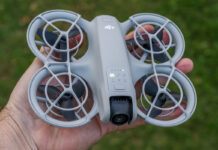
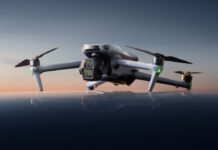
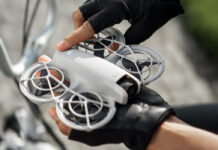
This machine looks very good but just how big is it as I didn’t see dimensions. I do not like those tiny 6-8 inch copters. Nothing less than 22 inches. The heavier the machine the more stability. I guess that is why jumbo jets are very smooth flying when there is little turbulence. The steadier a copter flies the better the picture and video stability.
Comments are closed.